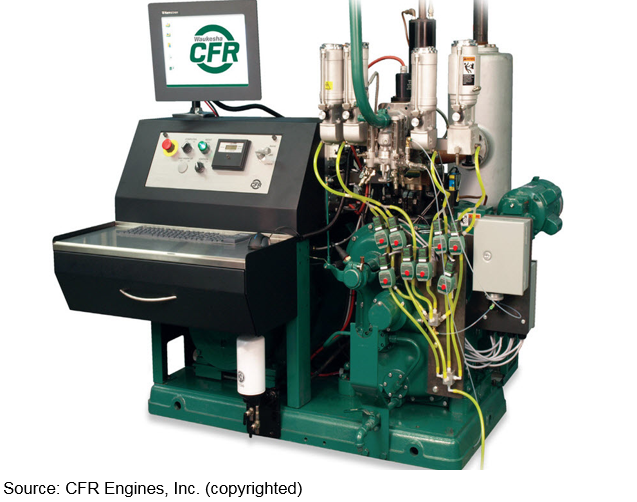Gasoline—a petroleum product
Gasoline is a fuel made from crude oil and other petroleum liquids. Gasoline is mainly used as an engine fuel in vehicles. Petroleum refineries and blending facilities produce motor gasoline for sale at retail gasoline fueling stations.
Most of the gasoline that petroleum refineries produce is actually unfinished gasoline (or gasoline blendstocks). Gasoline blendstocks require blending with other liquids to make finished motor gasoline, which meets the basic requirements for fuel that is suitable for use in spark ignition engines.
U.S. petroleum refineries produce some finished motor gasoline. However, most finished motor gasoline sold in the United States is actually produced at blending terminals, where gasoline blendstocks, finished gasoline, and fuel ethanol are blended to produce finished motor gasoline in different grades and formulations for consumer use. Some companies also have detergents and other additives blended into gasoline before delivery to retail outlets.
Blending terminals are more numerous and widely dispersed than petroleum refineries, and they have equipment for filling tanker trucks that transport finished motor gasoline to retail outlets.
Most of the finished motor gasoline now sold in the United States contains about 10% fuel ethanol by volume. Ethanol is added to gasoline mainly to meet the requirements of the Renewable Fuels Standard, which is intended to reduce greenhouse gas emissions and the amount of oil that the United States imports from other countries.

Source: Stock photography (copyrighted)
Gasoline varies by grade
Three main grades of gasoline are sold at retail gasoline refueling stations:
- Regular
- Midgrade
- Premium
Some companies have different names for these grades of gasoline, such as unleaded, super, or super premium, but they all indicate the octane rating, which reflects the antiknock properties of gasoline. Higher octane ratings result in higher prices.
Before 1996, lead was added to gasoline as a lubricant to reduce wear on engine valves. Leaded gasoline was completely phased out of the U.S. fuel system by 1996. Manufacturers recommend the grade of gasoline for use in each model of a vehicle.
Gasoline also varies by formulation
Did you know?
Gasoline changes with the seasons.
The main difference between winter- and summer-grade gasoline is vapor pressure. Gasoline vapor pressure is important for an automobile engine to work properly. During winter months, vapor pressure must be high enough for the engine to start easily. In the summer, a lower vapor pressure is required in many areas to reduce air pollution.
Gasoline evaporates more easily in warm weather, releasing more volatile organic compounds that contribute to health problems and to the formation of ground-level ozone and smog. To cut down on pollution, the U.S. Environmental Protection Agency requires petroleum refiners to reduce the vapor pressure of gasoline during summer months.
In addition to the different grades of motor gasoline, the formulation of gasoline may differ depending on the location where it is sold or the season of the year. Federal and state air pollution control programs that aim to reduce carbon monoxide, smog, and air toxins require oxygenated, reformulated, and low-volatility gasoline. Some areas of the country are required to use specially formulated gasoline to reduce certain emissions, and the formulation may change during winter and summer months. These area-specific requirements mean that gasoline is not a homogenous product nationwide. Gasoline produced for sale in one area of the United States might not be authorized for sale in another area.
The characteristics of the gasoline depend on the type of crude oil that is used and the setup of the refinery where the gasoline is produced. Gasoline characteristics are also affected by other ingredients that may be included in the blend, such as ethanol. Most motor gasoline sold in the United States contains some fuel ethanol.







